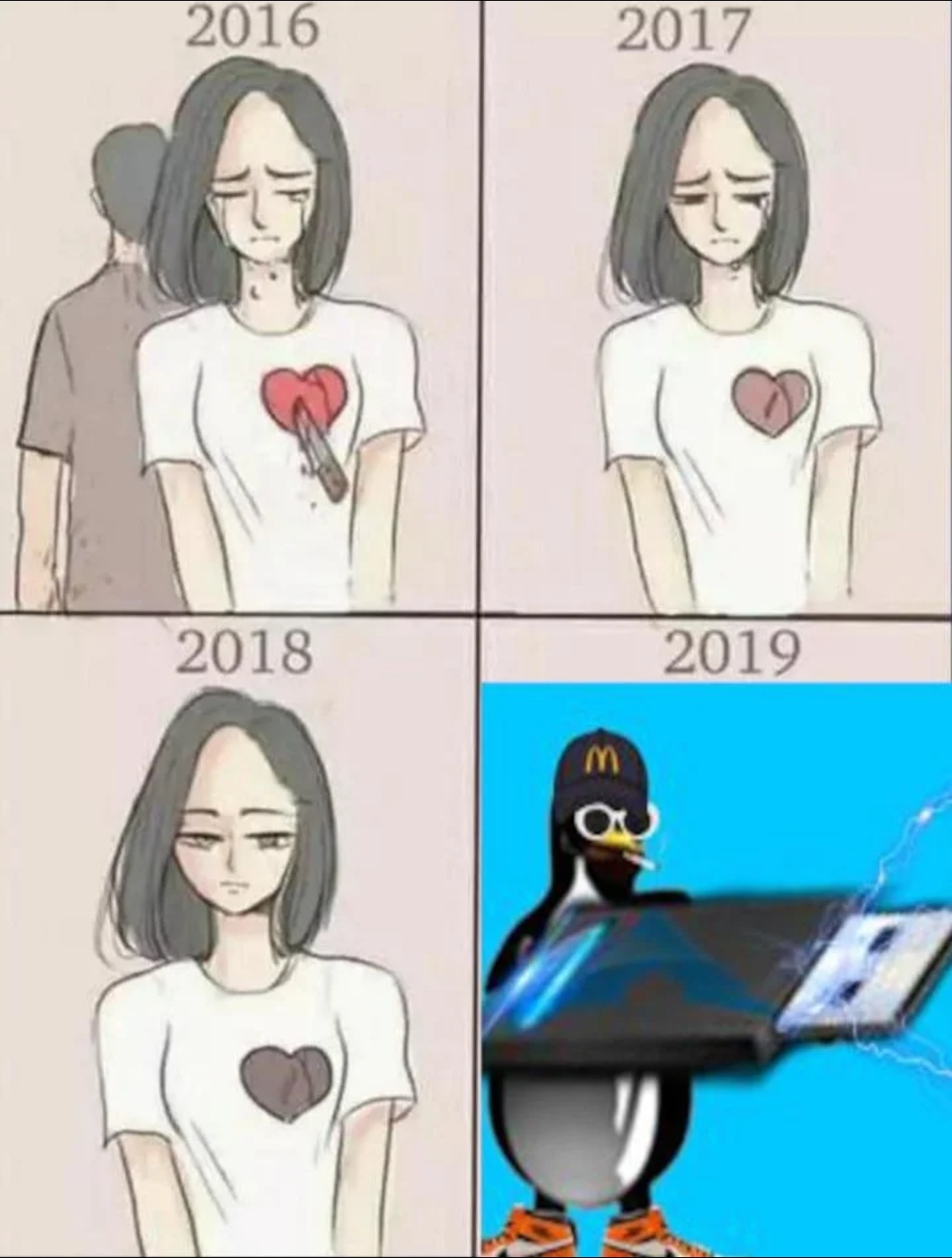





The cube was taken away from us but it has been brought back in plasma 6


Mint, it’s not the shiniest toy but it really does just work
Linux mint just works this is good advice :)
MacOS > Linux ?
Honestly I’m not too sure, some distros (like debian) are much more stable IMO. We also have immutables distros which are more annoying to work with but hey let’s compare apples to apples here.
It’s the easiest solution to packaging software for Linux that doesn’t mean it’s good, In fact fhe way no dependencies are shared absolutely wrecks my hard drive and makes everything super long (downloading, updating, etc…).
Where it shines is security but to be honest do you really need an open source app to be in it’s own secure sandbox?
I vastly prefer nix and I wish packaging stuff for it was easier.
Lol this ^


My body is ready
you have to set up the XDG_DATA_DIRS environment variable to take into account ~/.nix-profile/share
the desktop icons will only appear after a relogin though.
From what I gather it goes something like this:
Which solves DLL hell as far as i understand it.
Well the issue for me is internet speed, yesterday night I had to leave my pc on for two hours to update my flatpaks, I don’t even have that many of them, but the updates were mostly drivers and runtimes.
Could you elaborate? I was under the impression that NixPkgs stored the hash of their dependencies and when launched create an environment to use them, this way two apps can share the same library when the version is the same.
In the case of NPM (don’t know enough about the others) it’s not a general purpose package manager, it’s only for node related packages.
And yes I think ranking them is relevant Appimages are pretty terrible security wise(let’s download random executables on the internet yayyy!), snaps are getting better but used to be really terrible and to be fair NixPkgs aren’t that safe either.
Flatpaks are pretty secure, they work well, the stack is fully open source and allows you to host your own flatpaks repos, as well as manage sandboxing parameters. If only they were lighter I could easily see them become the “Linux executable format”
Debian stable broke for everyone literally a week ago. :/
IMO yes but it might not be an issue for you, flatpaks work like windows standalone executables where each app brings all their dependencies with them, the advantage is the insane stability that method provides, the downside is the huge size the app will ultimately take, flatpaks are compressed and they don’t really bring all their dependencies with them (because they can share runtimes) but the gist of it is a flatpak is usually much heavier than a system (.deb .rpm .PKG) package.
If you are ok with tweaking I recommend nix pkgs as they work on any distro and only take slightly more space than system packages. I have a terrible connection and low disk space, flatpaks aren’t something I can use on the long run.
Oh and if you’re wondering flatpak >>>> snap > appimages (IMO)


I can’t recommend kitty enough it’s really great!


🎶 The world is going to shit 🎶


I wish arch had proper printing support, I’ve never ever been able to get it to work no matter how much I RTFM. I think it should be something you choose at install or that you could set up in an automated fashion.
For me it’s because I get a lot of feedback, if anything I do goes wrong I know why. Also it’s usually faster